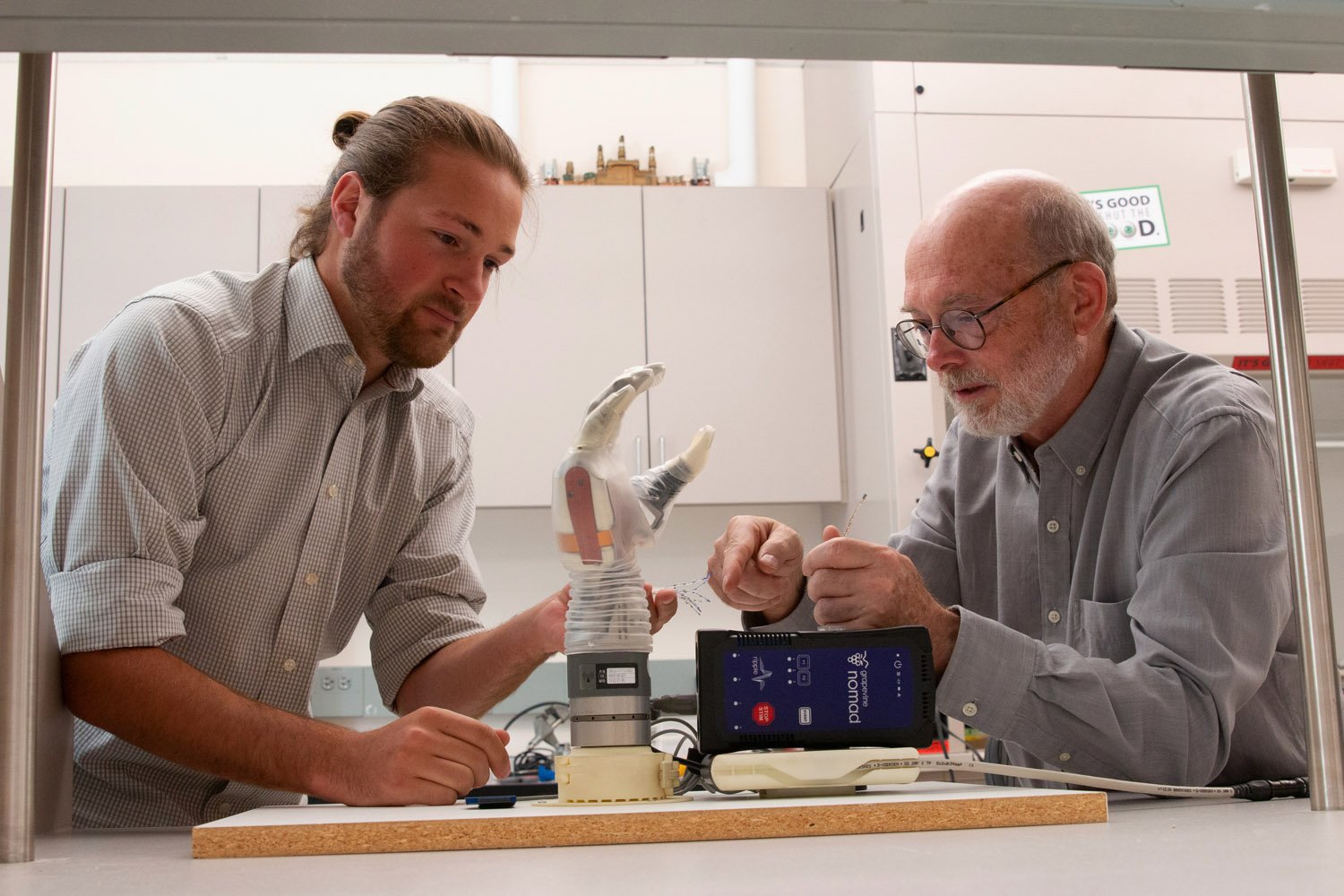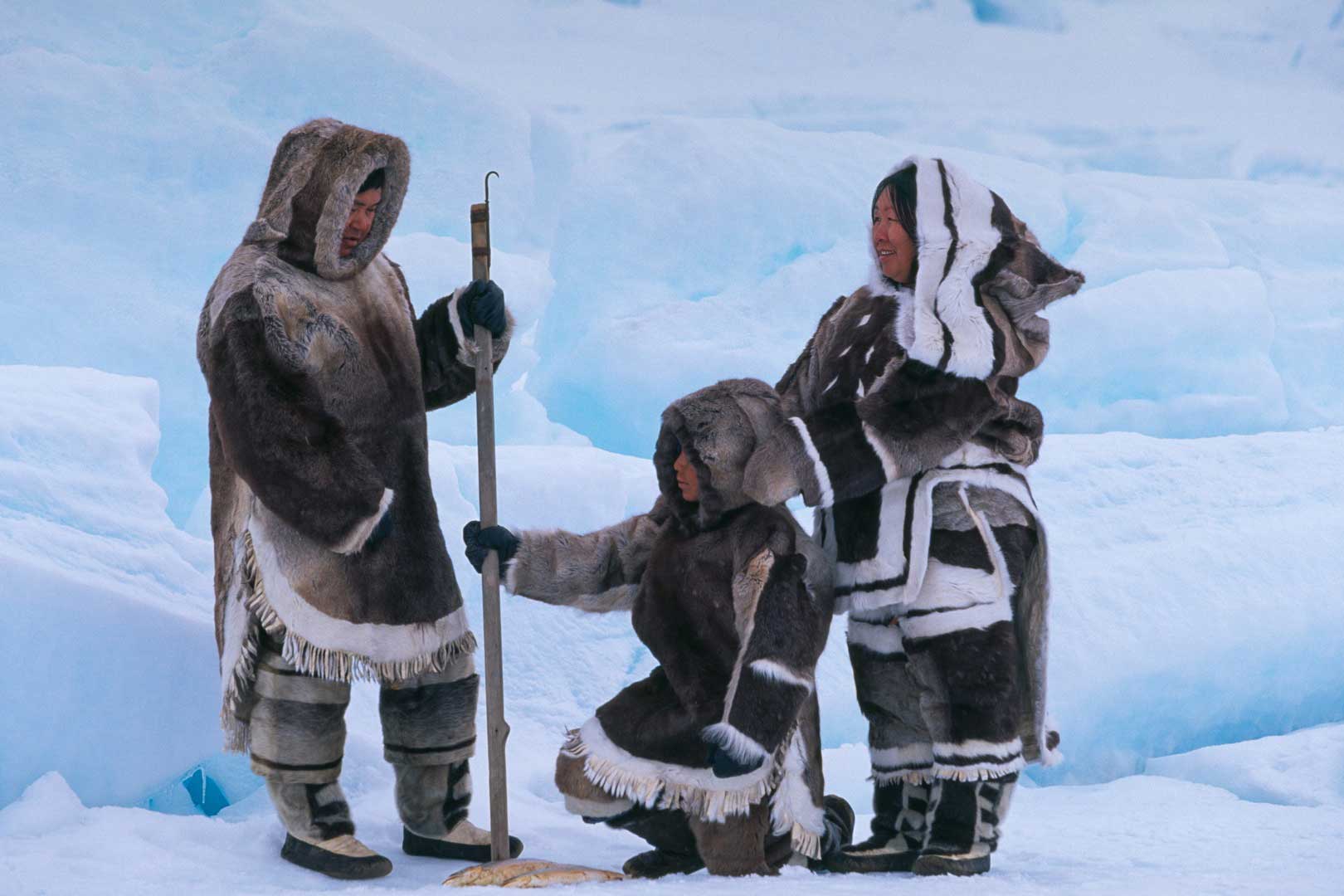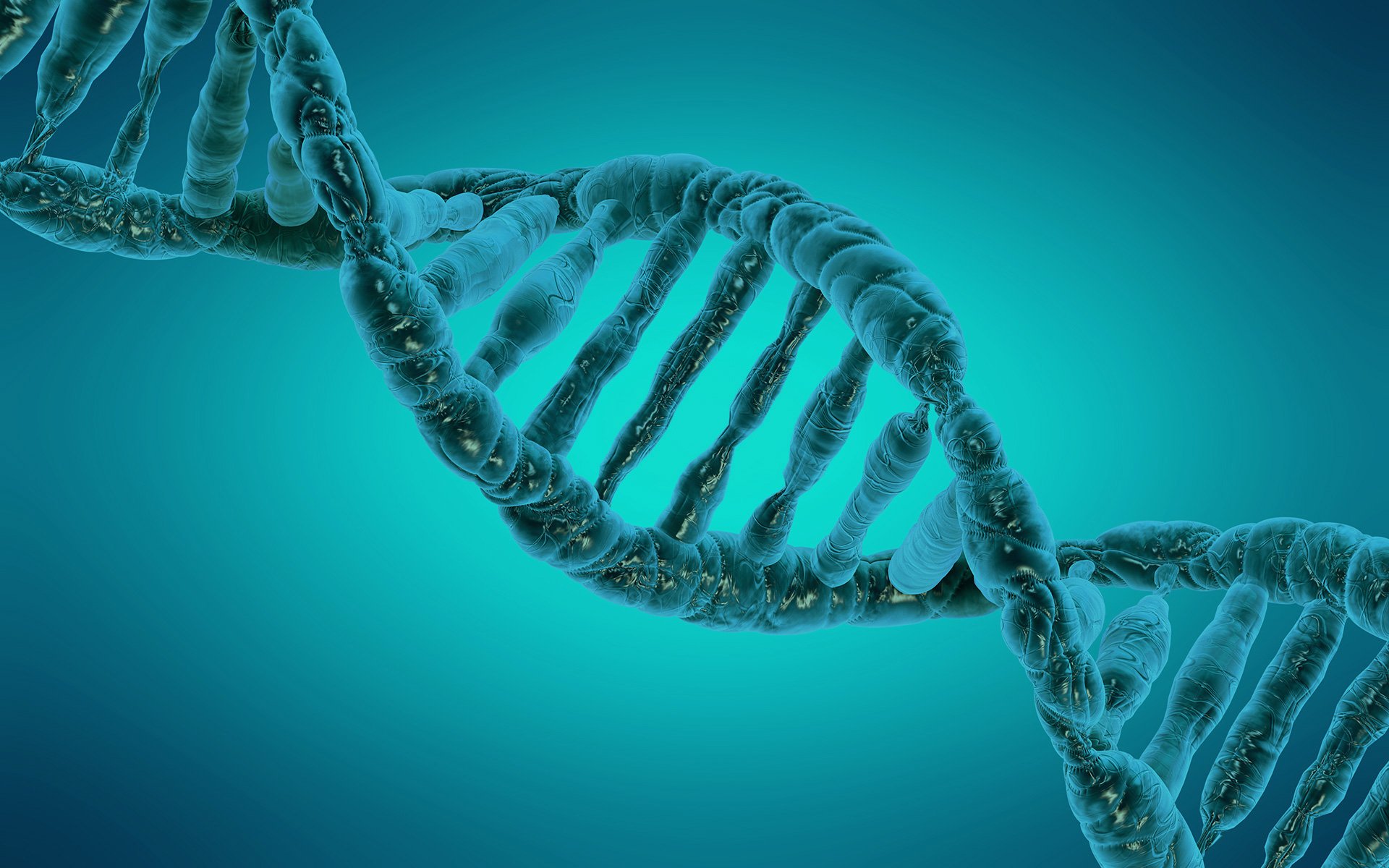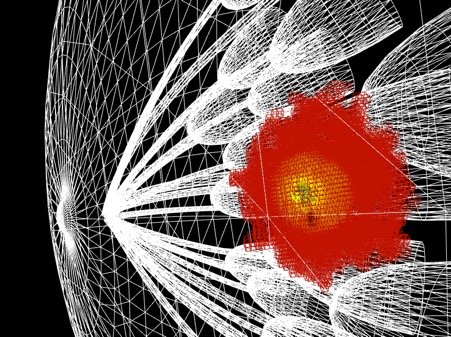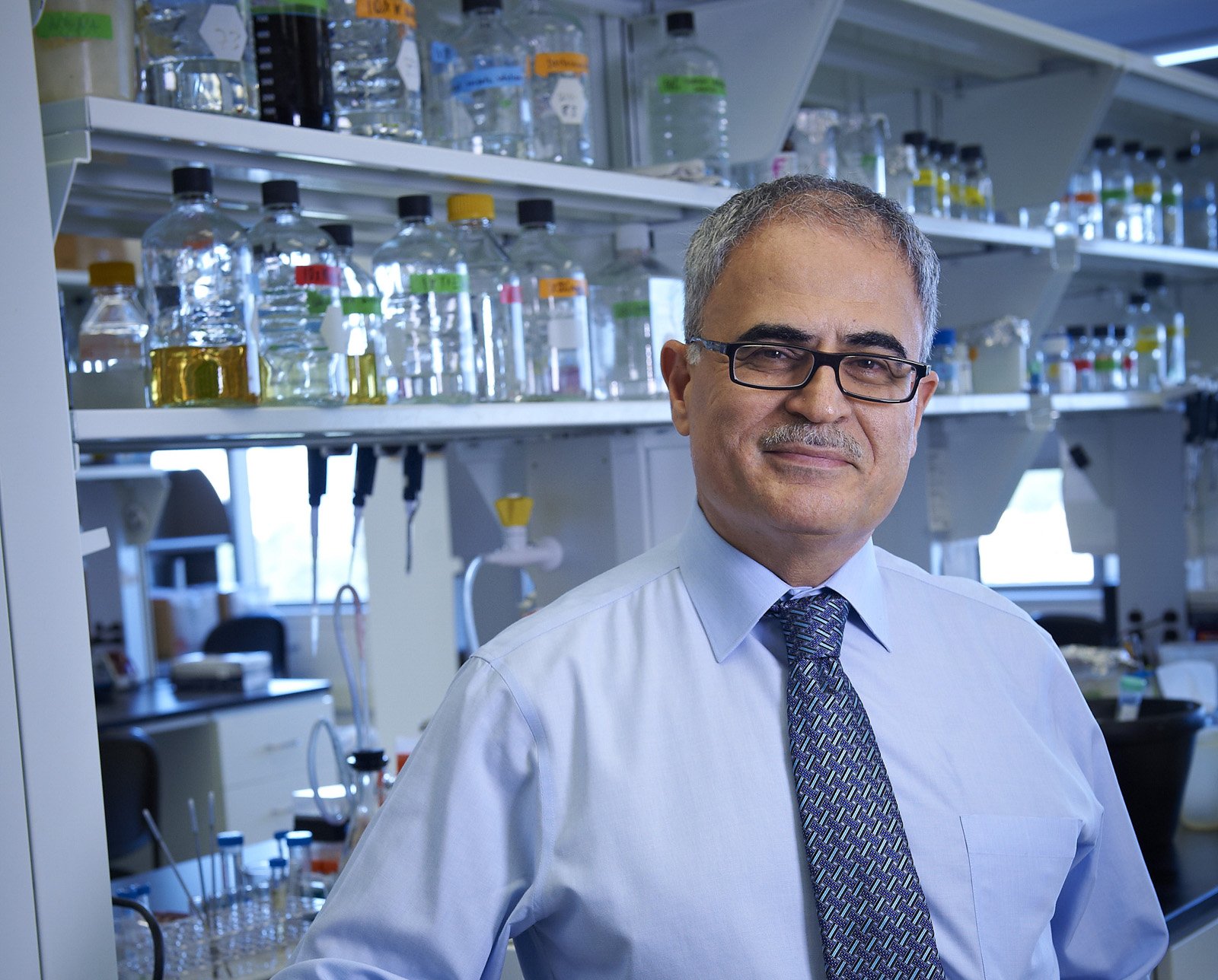Time heals all wounds, but this adhesive can help
Cuts, scrapes, blisters, burns, splinters, and punctures – there are a number of ways our skin can be broken. Most treatments for skin wounds involve simply placing a barrier over it (usually an adhesive gauze bandage) to keep it moist, limit pain, and reduce exposure to infectious microbes, but do not actively assist in the … Read more

